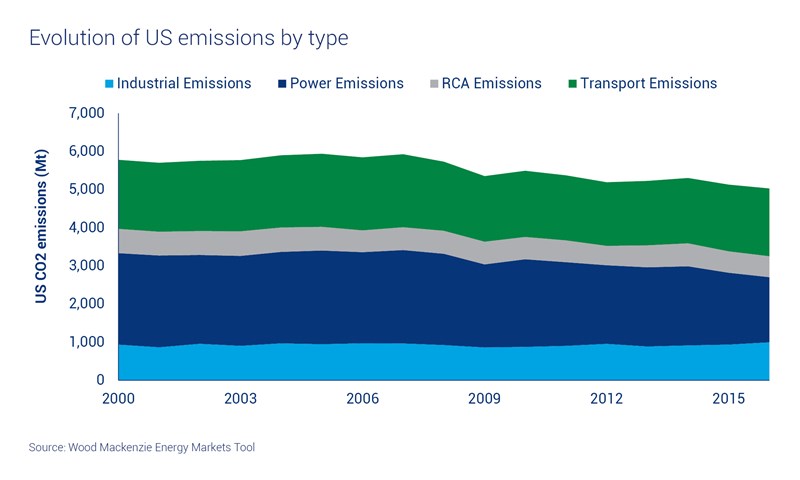Discuss your challenges with our solutions experts
On 01 June 2017, President Trump took the first step on the road to reconsidering the best way to meet our climate challenges. By refusing to remain tied to an agreement with no means of fairly apportioning emission reduction efforts, the president has set in motion the opportunity to re-frame the plan.
Some say President Trump took a backward step, but we won’t know for sure until climate action terms are renegotiated, possibly even from within the existing “framework”. If the goal is to limit temperature increases, then, as one of the world’s largest carbon emitters, the US cannot be ignored, whether a treaty member or not. Can we hope President Trump’s announcement is an opportunity to negotiate an enforceable, but uniformly fair, new treaty?
Is it possible? Only time will tell. But the only way forward is to take this as an opportunity to renegotiate the terms of managing climate change in the US. New negotiations could produce an even better agreement. Could it be that a nation unwilling to negotiate a fairer climate treaty is more interested in economic advantage — or wealth transfer — than in emission mitigation?
The US is a large carbon emitter. However, it also has a very good record of lowering its carbon emissions which are now at levels as low as they were 20 years ago. Negotiators will need to remain objective and fair-minded, but focused on continuing to strive for lower emissions targets .
US emissions by type
Given its status as a large emitter and given the now-expected loss of both US funding for green projects and mitigation payments under the COP21 scheme, we can expect hyperbolic commentary for days. After that, we will begin to find out who is truly interested in creating a sensible, enforceable, and above all, a fair new treaty. It is time to remember the President is a dealmaker — lets see what he can achieve.






